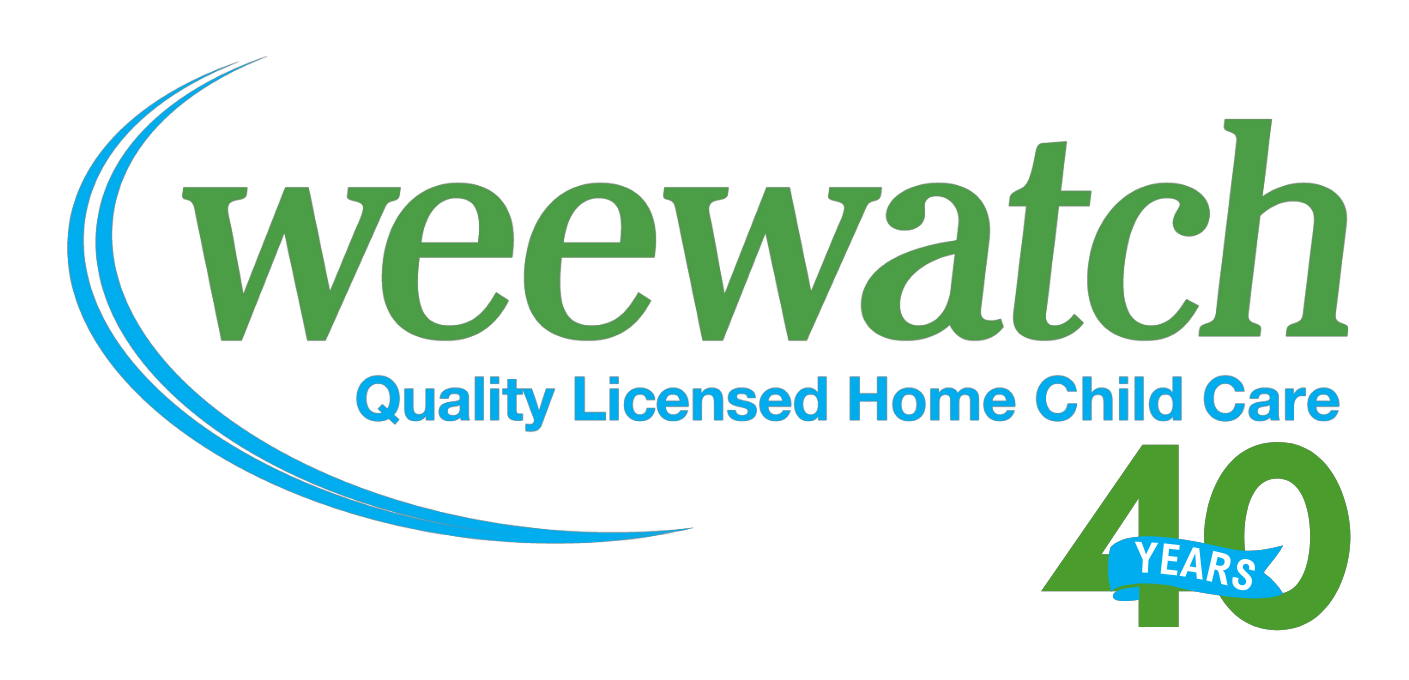September 8, 2016 is International Literacy Day, a day to raise awareness and concern for literacy problems within the community. Literacy Day highlights the importance and value of reading and writing skills for everyone.
What about Physical Literacy?
Babies are now exposed to technology far more than ever before. Did you know young children are actually learning how to use mobile devices before they learn how to walk? Experts warn that this habit may have harmful effects on a child’s development, regardless of the promises of learning apps.
What is Physical Literacy?
Physical Literacy is the development of fundamental movement skills and sport skills that permit a person to move confidently and with control, in a wide range of physical activities and situations. Physical literacy also includes the ability to “read” what is going on around them in an activity setting and react appropriately.
Each person’s level of physical literacy partly depends on their fundamental movement skills, level of confidence, degree of motivation and ABCs of movement (agility, balance, and coordination).
Why is Physical Literacy so important?
Physical literacy is no different than other aspects of literacy. Kids are not born physically literate. Just like reading and writing, children need to learn to move.
Developing and maintaining physical literacy serves as the foundation for not only participation in sports, but also for lifelong participation in physical activities. It is the foundation for developing the skills, knowledge, and attitudes needed to lead healthy active lives from childhood to adulthood.
Teaching basic movement skills
![]()

![]()
Ways to support physical literacy in kids
The development of physical literacy is ongoing. It’s important that we as parents, and childcare Providers ensure that children have plenty of opportunities to develop their physical literacy skills.
- Start with yourself. Children watch and learn from the adults in their life. Lead by example; show an interest in their physical activities, participate and encourage them.
- Children develop at different rates; regardless of their rate of development it is important to encourage them.
- Make time for some active family fun. Make plans that will improve physical literacy; go for a walk after dinner instead of playing on tablets and smartphones.
- Practice fundamental movement skills. Once children have learned fundamental movement skills, it is important to practice so they will continue to improve. Practice things like throwing, catching, running, climbing, jumping, kicking etc.
Physical literacy is not about excellence in just one sport or activity. It’s about each child having the competence to engage in a full range of activities.
